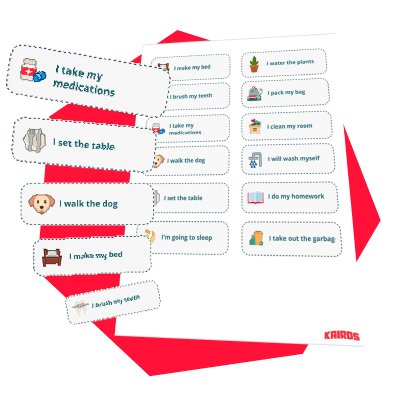One routine cards is worth 1000 words
The routine cards! This tool is not recognized at its true value. It would sincerely deserve a public holiday or at least an international pictogram day. Nothing less! Talk to parents who have adopted it in their routine with their child, they never stop selling its merits like we sell the merits of our latest Starfrit thingy.
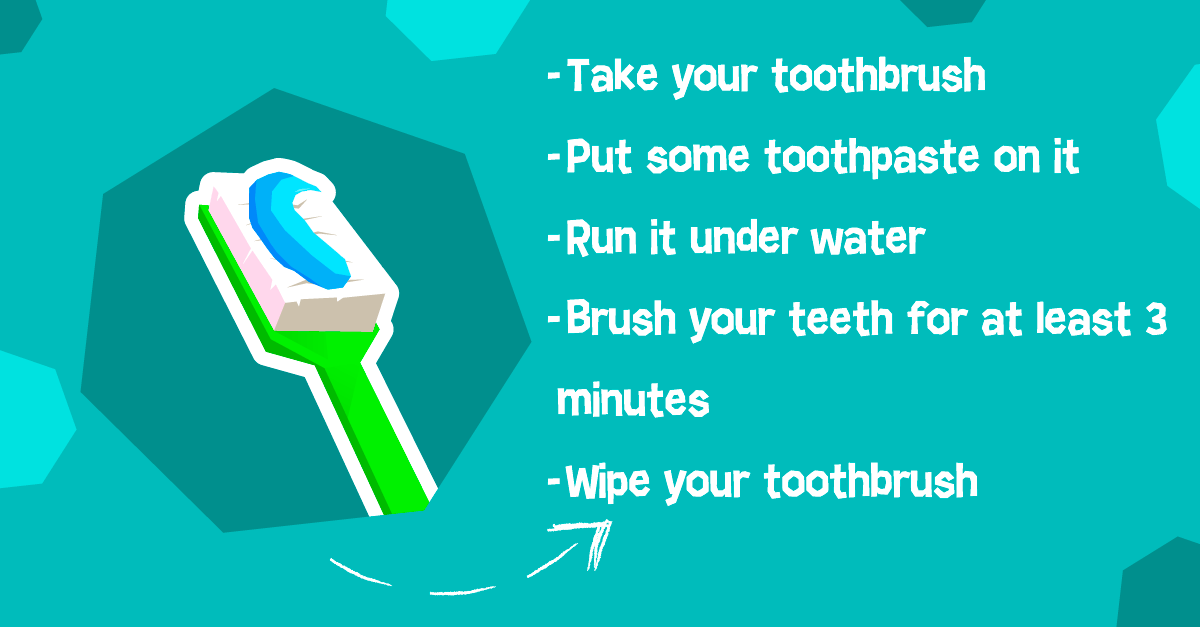
If you are not familiar, let us explain. The "routine cards" is actually a graphic representation of a concept. It must be easy to understand for someone who cannot read or understand the written words. Many of them are found in airports, so much easier to help us to quickly understand an grasp instructions in a foreign language!
Very practical also for children for whom a sequence of words can become a real mental labyrinth. An image is clear and fast to consult and the understanding more effective.
That being said, designing them is a lot harder than you might think. Imagine playing "Pictionary" and picking the "Getting dressed" paper from the hat... You will therefore find, in this article, links to free routine cards kits to download and print. You can put your pencils away, we've got you covered!
Is the routine cards just for children with an ASD diagnosis?
The routine cards can be very useful in a routine. It quickly expresses what is expected of the child, without losing attention in a series of words. In children with ASD, ADHD or language disorders, it can be particularly effective. With neurotypical children too!
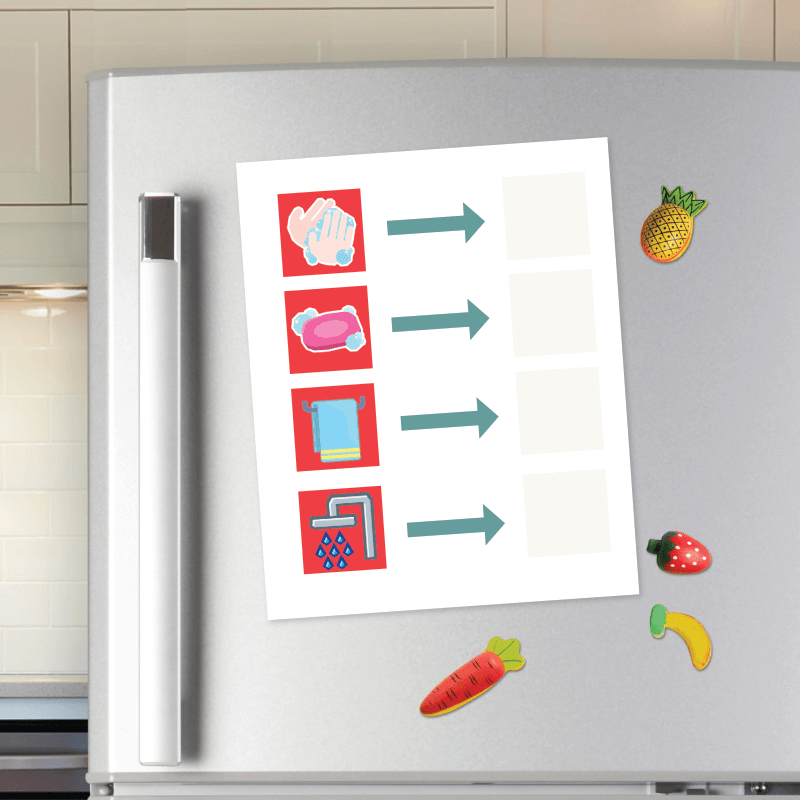
Moreover, the pictogram is strongly recommended in the TEACCH method, which has been widely proven throughout the world since the 1990s, particularly with people with an autism spectrum disorder.
This method advocates the use of a routine because it creates a predictable and therefore very reassuring environment for the autistic person. It also allows the child to be more autonomous, without the constant intervention of an adult and thus, to reduce his or her anxiety level.
By using the same routine over and over again, the child learns to do it more and more quickly and without help, which can also be very practical for parents! We are never against saving a few minutes in our routines!
We also recommend this other article published on our blog to get more tips: How to maximize the success of your routine.
How do I use the routine cards?
To set up a daily routine with routine cards, simply create a routine sequence or chart that is visible and accessible to the child. The pictures are laminated and a Velcro strip is added to the back. The pictures are then placed on a cardboard sheet, also laminated with velcro, in the order in which they should be performed.
You can add a small "finished" box and put the completed tasks in it so that only the tasks that need to be done are still visible.
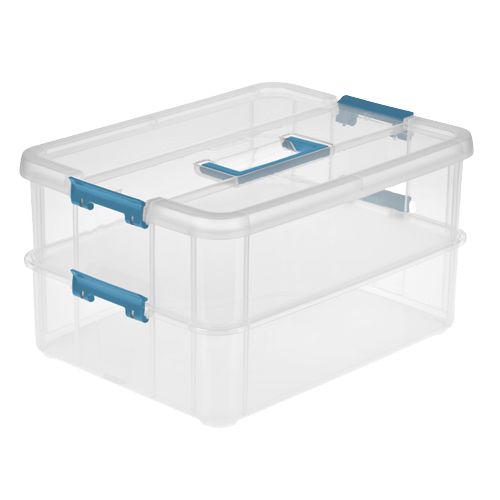
Depending on your child, the sequences can be quite detailed or more general. For example, a child who has become fairly independent in carrying out their routine will have the main steps only (morning preparation, bus, school, daycare, bus, home). If you need inspiration, try the Kairos sample routine!
You can also go with a much more detailed sequence, which will include the steps to perform a task, like getting dressed for example. This would include, in order: panties, socks, trousers...etc.
You can also contact your child's daycare or school to find out if they use routine cards and use the same system as they do. It will be easier to integrate if your child already knows it.
If your child also has difficulty managing time in a routine, the pictograph board can be paired with a special clock called a "Time Timer". This clock adds a visual aid to keep track of the time passing and this complete the task in the required time. This tool is very popular in schools and with children.
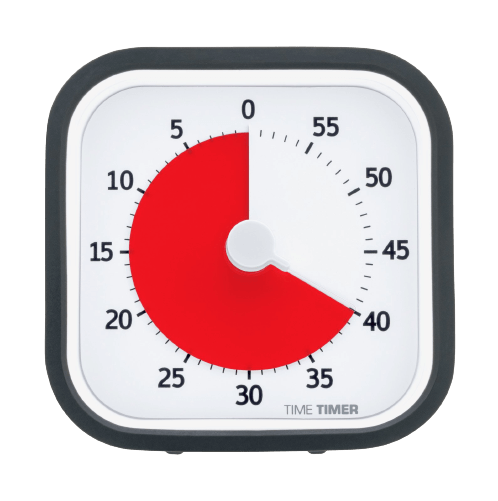
If you want to digitize everything, you can also try Kairos for free for 14 days. Your child will have access to their tasks and routines from within the application, and so will you. You will be able to validate if they have done them correctly or not. You can try it here.
Choice of routine cards
On the Kairos website you will find a set of free routine cards to print. This set includes routine cards for the morning, evening, bedtime and hygiene routine. We have also added routine cards for daily chores, school and homework, and meals.
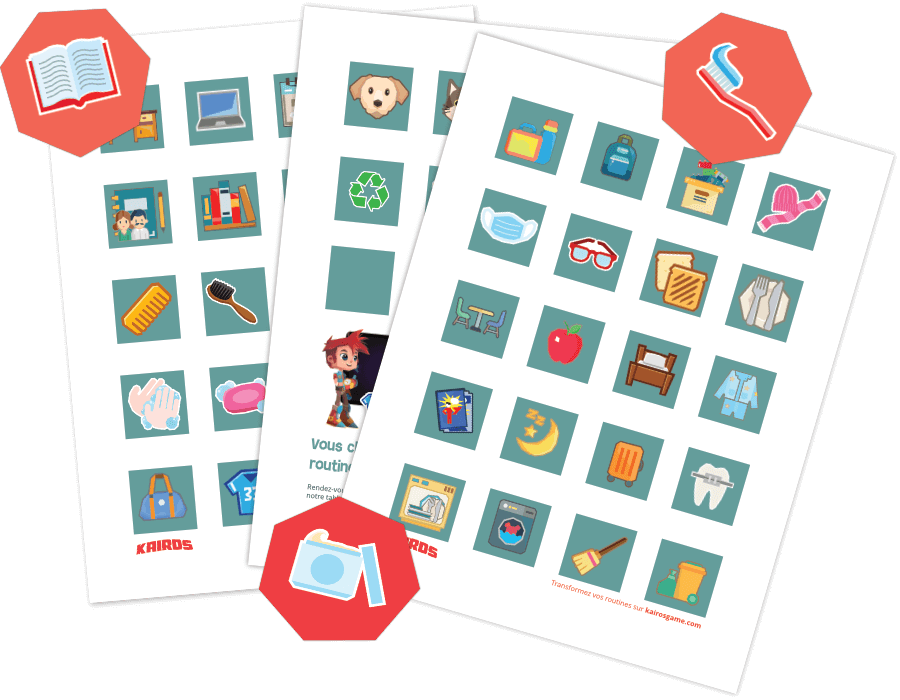
There are also other types of sets that include pictograms related to different themes that could be useful to you. Do not hesitate to consult the toolbox on the website of the Fédération Québécoise de l’Autisme, it is a real gold mine!(In French only)
In conclusion
It might seem complicated to set up a routine chart with pictograms, but it is simply a matter of printing out a few pictures and sticking them in the right order. For some kids for whom changes in the routine are more difficult to cope with, this can help them to anticipate changes and, above all, the return to normal.
Kairos is also a solution that has been designed for children with ASD and/or ADHD!
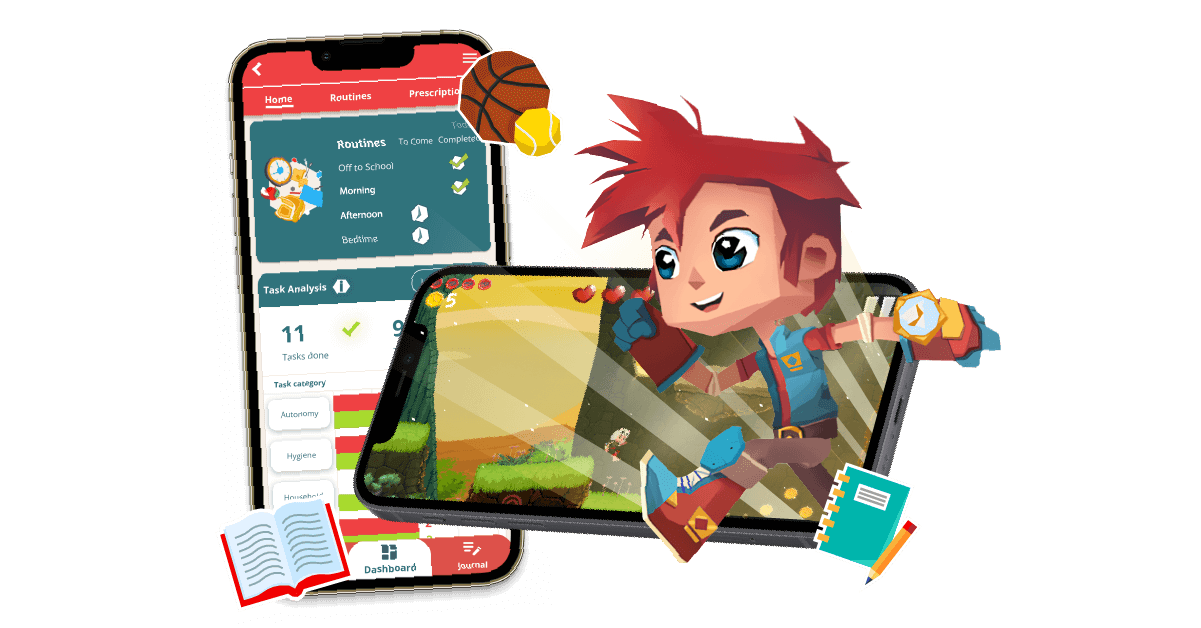
The time you will save and the independence your child will develop is well worth it. This is a must-have organizational tool for children, with or without an ASD or ADHD diagnosis!
Author :Marie-Pierre Plamondon
Translated by the Kairos Team
